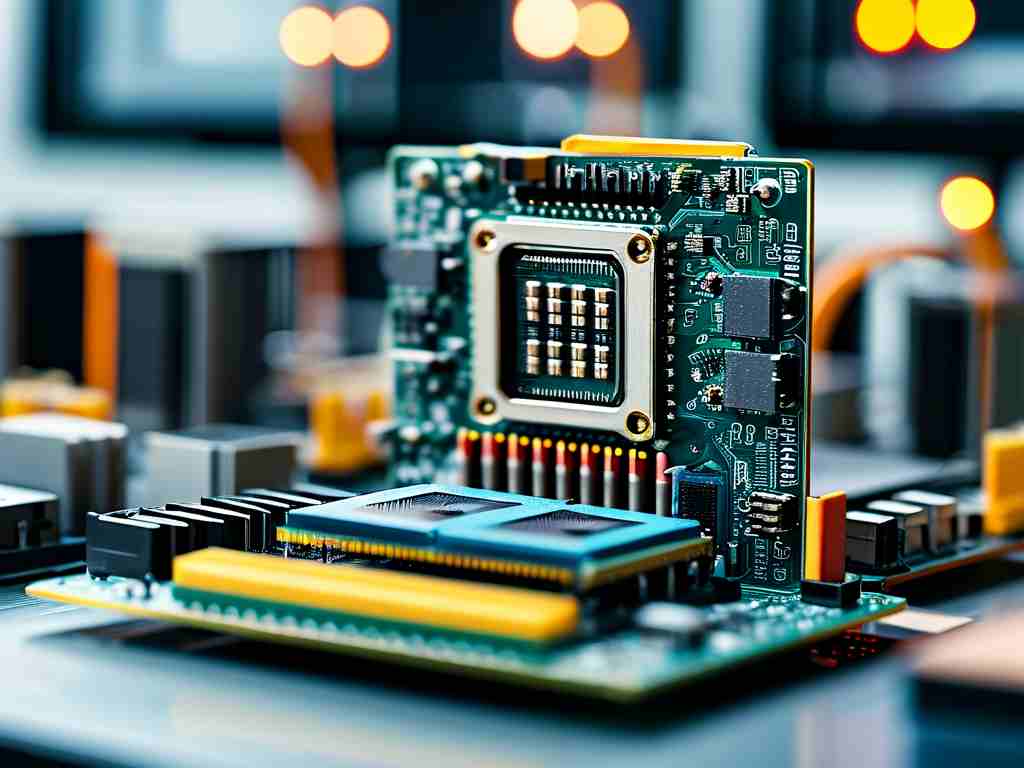The landscape of embedded systems development continues evolving rapidly in 2024, driven by emerging technologies and shifting industry demands. As IoT devices proliferate and edge computing gains momentum, developers face both unprecedented opportunities and complex challenges in creating efficient, secure, and scalable solutions.

One notable trend is the accelerated adoption of AI-embedded architectures. Modern microcontrollers now routinely integrate neural processing units (NPUs), enabling real-time machine learning capabilities at the edge. For instance, the latest ARM Cortex-M55 chips demonstrate 15x faster ML inference compared to previous generations. This hardware revolution demands new programming approaches – developers increasingly combine traditional C code with Python-based ML frameworks through hybrid toolchains.
Energy efficiency remains a critical focus as sustainability requirements tighten globally. The 2024 Embedded Market Report reveals 68% of new projects now mandate power consumption below 1mW in standby mode. This has spurred innovative techniques like dynamic voltage scaling and event-driven programming models. A recent case study shows how automotive sensor developers achieved 40% power reduction using adaptive clock gating without compromising real-time responsiveness.
Security concerns have reached new heights with regulations like the EU Cyber Resilience Act. Embedded engineers now implement hardware-rooted security by default, with 92% of new designs incorporating dedicated security coprocessors. The rise of post-quantum cryptography adds complexity – teams must balance performance overhead with future-proof encryption standards. Practical implementations often combine asymmetric algorithms like CRYSTALS-Kyber with traditional AES-256 in layered security architectures.
Toolchain fragmentation presents ongoing challenges. While platform-specific IDEs still dominate (e.g., STM32Cube, ESP-IDF), cross-platform solutions gain traction. The open-source EmbeX framework, launched in Q3 2023, now supports 14 architectures through unified debug interfaces. However, veterans caution that abstraction layers sometimes obscure low-level optimization opportunities – a tradeoff between development speed and performance tuning.
Rust's penetration into embedded systems reaches 19% adoption according to the 2024 Stack Overflow survey, up from 6% in 2021. Its memory safety features prove particularly valuable for safety-critical applications. Automotive Tier 1 suppliers report 30% fewer runtime errors in Rust-based ECU firmware compared to C implementations. The language's growing ecosystem now includes mature RTOS integrations and hardware abstraction layers (HALs), though interoperability with legacy C codebases remains challenging.
Edge AI deployment faces unexpected hurdles in practical implementations. While cloud-trained models can be ported to embedded devices using tools like TensorFlow Lite Micro, real-world data drift often degrades performance. A medical device manufacturer shared how on-device continual learning mechanisms improved diagnostic accuracy by 28% compared to static models, highlighting the need for adaptive ML pipelines in embedded environments.
Looking ahead, three key areas demand attention:
- Standardization of OTA update protocols for heterogeneous device fleets
- Development of energy-harvesting compatible architectures
- Workforce upskilling in quantum-resistant cryptography
The 2024 embedded development landscape presents a paradox – while tools become more sophisticated, system complexity grows exponentially. Success requires balancing cutting-edge innovation with robust engineering fundamentals. As industry veteran Dr. Lena Zhou observes: "The best embedded solutions in 2024 aren't those chasing every new feature, but those mastering the art of strategic minimalism – delivering maximum value through precisely engineered simplicity."









